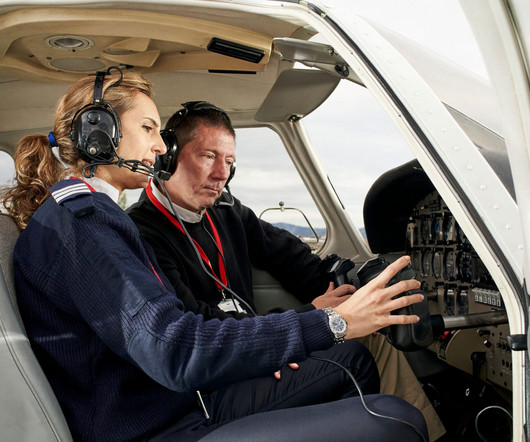Planning Proper Pace of Flight Training Remains Critical
Flying Magazine
JULY 8, 2025
They include: Proper flight preparation procedures, including preflight planning and preparation, powerplant operation, and aircraft systems Taxiing or surface operations, including runups Takeoffs and landings, including normal and crosswind Straight and level flight and turns in both directions Climbs and climbing turns Airport traffic patterns, (..)











Let's personalize your content